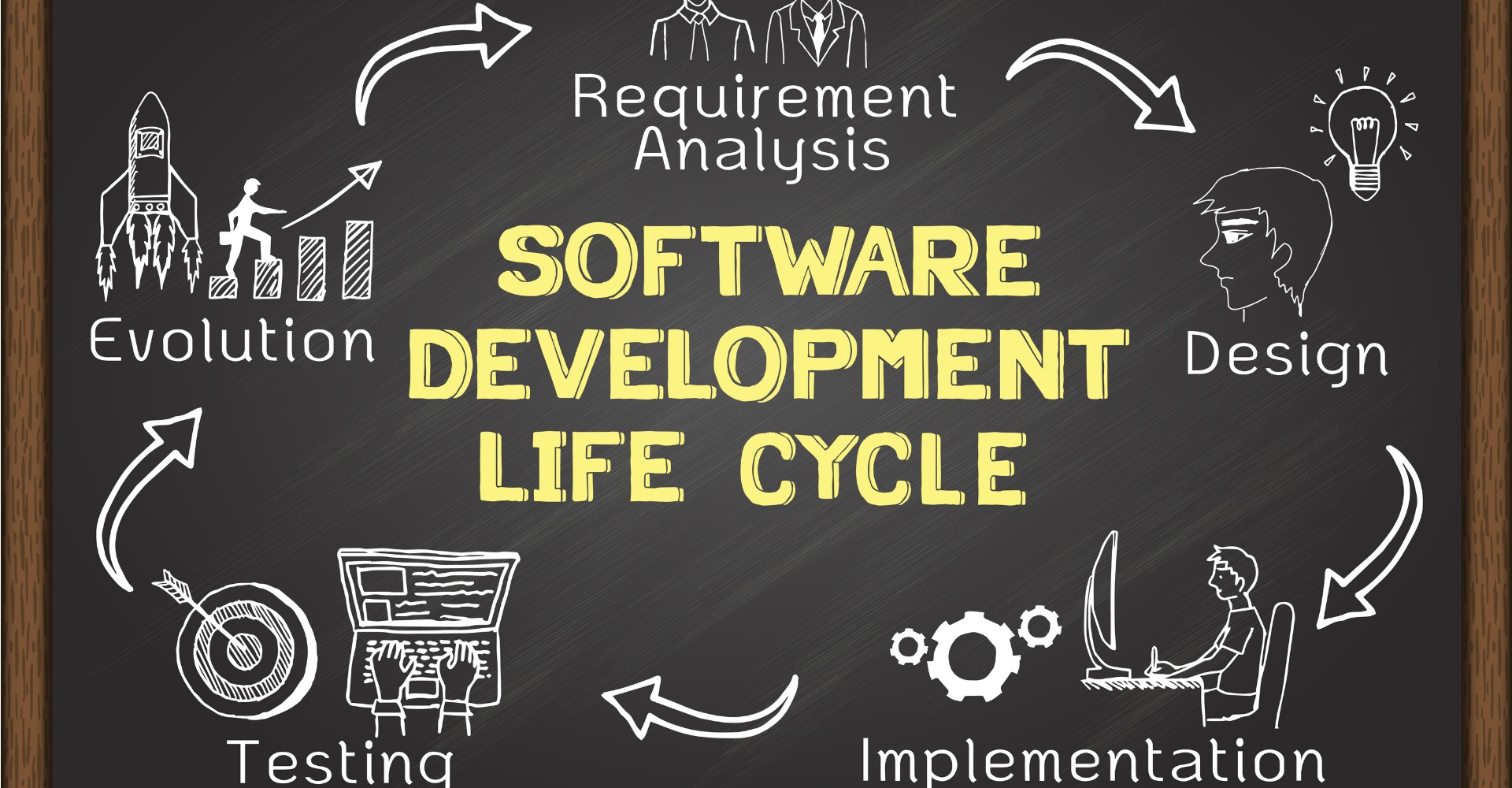Are you trying to know the key guidelines in developing perfect software?
This guide is for you.
Being a software developer is a lucrative career plan. Those are people with some serious marketable skills.
It is always ideas that take form into successful software products. Hence, our motive is to find useful ideas that help to develop perfect software.
Though a difficult task, developers need the SDLC (Software Development Life Cycle) to lead the development in an efficient and systematic way.
Here at Ibmi Media, we provide Software Development Services to our Customers.
In this context, we shall look into the key guidelines in developing perfect software.
Key guidelines in developing a perfect software
Since we all look forward to developing perfect software, here are a few guidelines from our Support Experts.
1. Gap analysis
Gap analysis measures the current situation and compares it with the future state that developers want to achieve.
Thus, know what they need to do to bridge the gap and make a successful project.
2. Proper communication
Generally, it is proper communication that plays a key role in software development. A developer needs the ability to understand the exact requirements of the customer.
In addition, we should also raise questions from past experience with the customer to complete information gathering.
3. Follow the standard methodology
Our Support Techs recommend following the latest dynamic approaches to develop good software. With the latest methodologies, we can implement deemed changes very easily.
Thus final product will have all the changes made.
4. Have testers in earlier stages
In our experience, including testing teams in the loop of developers and customers is good quality. Along with providing valuable suggestions, they can familiarize the entire application.
This will increase the test case coverage and reduce the bugs count.
5. Adopt the correct testing technique
Developers should identify the areas where they need to adopt the exact testing strategy.
For instance, security testing. Different testing techniques include functionality, GUI, unit testing, integration testing, security testing, etc.
General testing in all the areas of the application is not enough. Some require constant testing while some don’t.
Adopting the correct testing technique gives us high chances to skip a majority of the errors.
6. Eliminate non-value-added tasks
We can remove review meetings or elaborate design documents if they don’t add value and rather waste time.
In our experience, customers focus more on the factors that can speed up the development.
7. Customer Feedbacks
Valuable feedbacks can change the overall shape of the software.
Feedback from the customers might include feature change, performance requirements, new methodologies, delivery schedules, etc.
These lie close to the customer’s heart. So, developers can use them to make necessary changes. All of which can lead to developing perfect software.
[Find our Software development ideas worthy? We'd like to hear from you. ]
Conclusion
This article covers a few important guidelines to create perfect #software. However, these guidelines are not the end. We may develop software easily, but developing perfect software requires value-added guidelines.
How to Develop Software:
1. Determine which basic type of software development interests you. There are two basic TYPE camps of software development: Applications Development and Systems Development.
2. Teach yourself a programming language. Anyone can come up with ideas, but a developer will be able to turn those ideas into something tangible.
Even if you only want to work on the design aspects of software, you should have some familiarity with coding and be able to create basic prototypes.
3. Find resources to help you learn. Most bookstores have entire sections dedicated to programming books, and there are tons available on Amazon and other e-tailers. A well-written programming book will likely be the best resource you can have, and will allow you to quickly reference it while working on projects.
4. Take some classes. While you don't need a full-on degree in order to get into software development, it can't hurt to take a few classes at your local community college or learning center. This will give you the benefit of one-on-one instruction, and you will be challenged to solve problems that you likely wouldn't if you were learning on your own.
5. Work on pet projects. Before you start trying to apply your new programming skills to real-world jobs, work on some projects for yourself. Challenge yourself to solve problems using your programming language.
6. Ask questions. The internet is a fantastic way to connect with other developers. If you find yourself stumped on one of your projects, ask for help on sites such as StackOverflow.
7. Practice every day. Work on your pet projects every day, even if only for an hour. This will help you stay fresh and constantly learn new techniques. Many developers have had success learning a language by ensuring that they are exposed to it on a daily basis.
This article covers a few important guidelines to create perfect #software. However, these guidelines are not the end. We may develop software easily, but developing perfect software requires value-added guidelines.
How to Develop Software:
1. Determine which basic type of software development interests you. There are two basic TYPE camps of software development: Applications Development and Systems Development.
2. Teach yourself a programming language. Anyone can come up with ideas, but a developer will be able to turn those ideas into something tangible.
Even if you only want to work on the design aspects of software, you should have some familiarity with coding and be able to create basic prototypes.
3. Find resources to help you learn. Most bookstores have entire sections dedicated to programming books, and there are tons available on Amazon and other e-tailers. A well-written programming book will likely be the best resource you can have, and will allow you to quickly reference it while working on projects.
4. Take some classes. While you don't need a full-on degree in order to get into software development, it can't hurt to take a few classes at your local community college or learning center. This will give you the benefit of one-on-one instruction, and you will be challenged to solve problems that you likely wouldn't if you were learning on your own.
5. Work on pet projects. Before you start trying to apply your new programming skills to real-world jobs, work on some projects for yourself. Challenge yourself to solve problems using your programming language.
6. Ask questions. The internet is a fantastic way to connect with other developers. If you find yourself stumped on one of your projects, ask for help on sites such as StackOverflow.
7. Practice every day. Work on your pet projects every day, even if only for an hour. This will help you stay fresh and constantly learn new techniques. Many developers have had success learning a language by ensuring that they are exposed to it on a daily basis.












